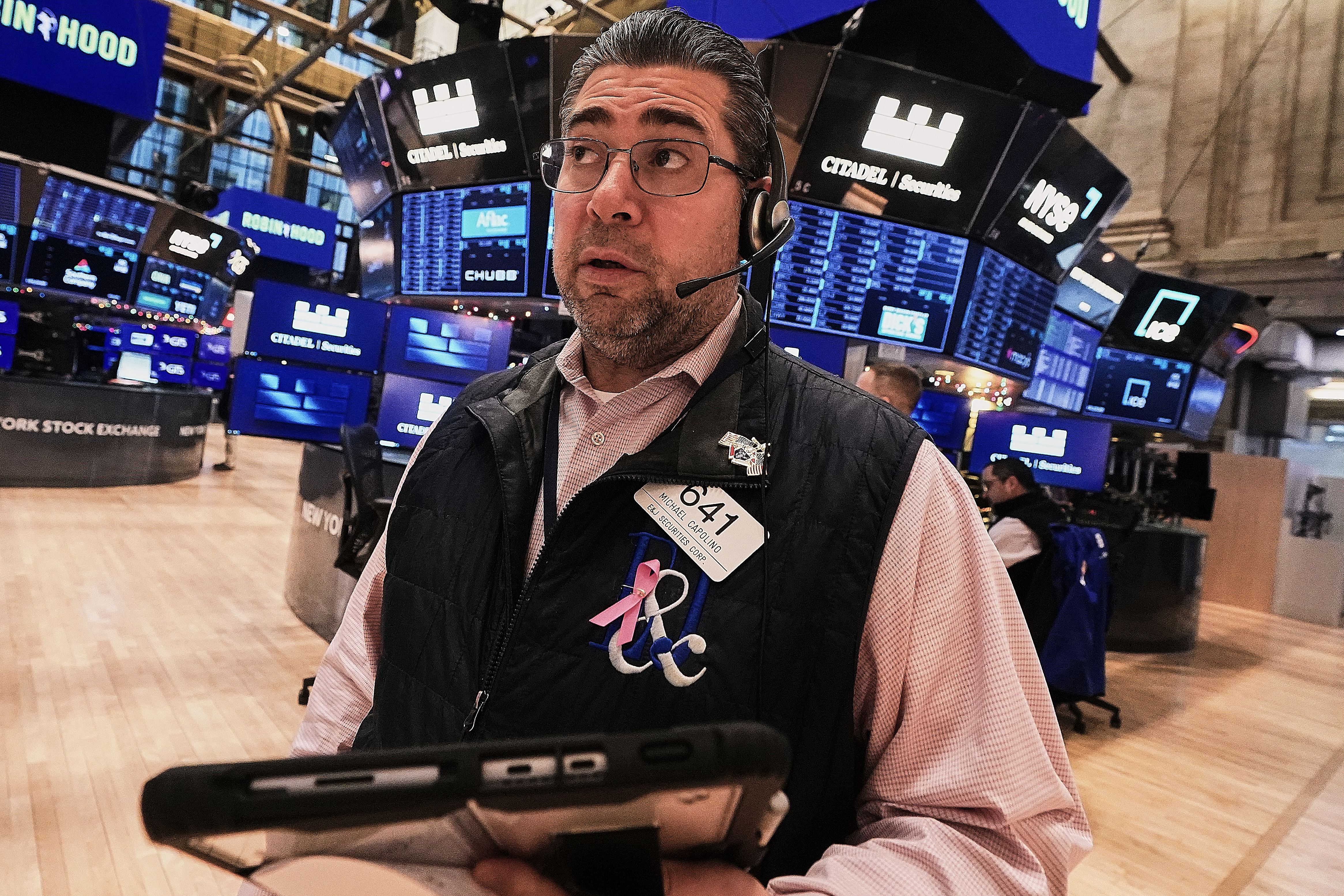Inflation slowed in April after seven months of relentless gains, a tentative sign that price increases may be peaking while still imposing a financial strain on American households.
Consumer prices jumped 8.3% last month from 12 months earlier, the Labor Department said Wednesday. That was below the 8.5% year-over-year surge in March, which was the highest rate since 1981.
On a month-to-month basis, prices rose 0.3% from March to April, a still-elevated rate but the smallest increase in eight months. Consumer prices had spiked 1.2% from February to March, mostly because of a sudden jump in gas prices triggered by Russia’s invasion of Ukraine.
Nationally, the price of a gallon of regular gas has reached a record $4.40, according to AAA, though that figure isn’t adjusted for inflation. The high price of oil is the main factor. A barrel of U.S. benchmark crude sold for around $100 a barrel Tuesday. Gas had fallen to about $4.10 a gallon in April, after reaching $4.32 in March.
Beyond the financial strain for households, inflation is posing a serious political problem for President Joe Biden and congressional Democrats in the midterm election season, with Republicans arguing that Biden’s $1.9 trillion financial support package last March overheated the economy by flooding it with stimulus checks, enhanced unemployment aid and child tax credit payments.
On Tuesday, President Biden sought to take the initiative and declared inflation “the No. 1 problem facing families today” and “my top domestic priority.”
The president blamed chronic supply chain snarls related to the swift economic rebound from the pandemic, as well as Russia’s invasion of Ukraine, for igniting inflation. He said his administration will help ease price increases by shrinking the government’s budget deficit and by fostering competition in industries, like meatpacking, that are dominated by a few industry giants.
Previous signs that U.S. inflation might be peaking didn’t last. Price increases decelerated last August and September, suggesting at the time that higher inflation might be temporary, as many economists — and officials at the Federal Reserve — had suggested. But prices shot up again in October, prompting Fed Chair Jerome Powell to start shifting policy toward higher rates.
While food and energy have endured some of the worst price spikes of the past year, analysts often monitor the core figure to get a sense of underlying inflation. Core inflation also typically rises more slowly than the overall price increases and can take longer to decline. Rents, for example, are rising at a historically fast pace, and there is little sign of that trend reversing anytime soon.
Additional reporting by The Associated Press.




 Surging Fuel Prices Result In Higher Costs For Businesses
Surging Fuel Prices Result In Higher Costs For Businesses Price Of Beef Increasing, Nearly Unaffordable For Many Americans
Price Of Beef Increasing, Nearly Unaffordable For Many Americans






